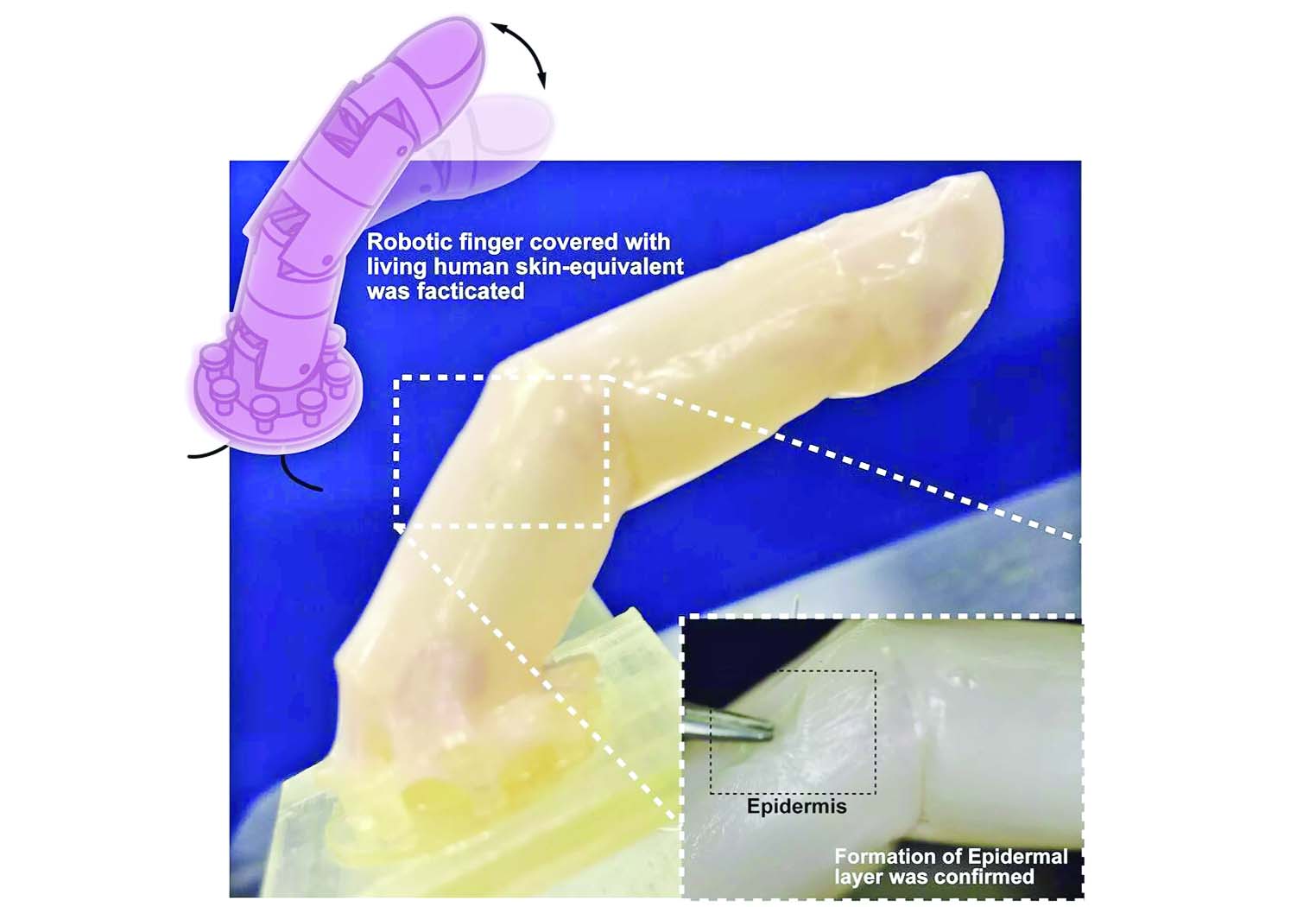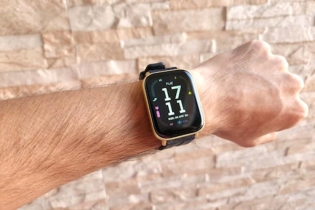
SAT Desk : Scientists from Japan have brought us one step closer to human-like robots by crafting living human skin on robots which gave their fingers skin-like texture, as well as water-repellent and self-healing functions.
While current silicone skin made for robots can mimic the human appearance, it falls short when it comes to delicate textures like wrinkles and lacks skin-specific functions. "The (new) finger looks slightly `sweaty` straight out of the culture medium," said first author Shoji Takeuchi, Professor at the University of Tokyo, Japan.
"Since the finger is driven by an electric motor, it is also interesting to hear the clicking sounds of the motor in harmony with a finger that looks just like a real one," he added. In the paper, presented in the journal Matter, Takeuchi noted that to efficiently cover surfaces with skin cells, they established a tissue molding method to directly mold skin tissue around the robot, which resulted in seamless skin coverage on a robotic finger.
To craft the skin, the team first submerged the robotic finger in a cylinder filled with a solution of collagen and human dermal fibroblasts, the two main components that make up the skin`s connective tissues. Takeuchi said the study`s success lies within the natural shrinking tendency of this collagen and fibroblast mixture, which shrank and tightly conformed to the finger. Like paint primers, this layer provided a uniform foundation for the next coat of cells - human epidermal keratinocytes - to stick to. These cells make up 90 per cent of the outermost layer of skin, giving the robot a skin-like texture and moisture-retaining barrier properties. The crafted skin had enough strength and elasticity to bear the dynamic movements as the robotic finger curled and stretched.
When wounded, the crafted skin could even self-heal like humans` with the help of a collagen bandage, which gradually morphed into the skin and withstood repeated joint movements.
"We are surprised by how well the skin tissue conforms to the robot`s surface," said Takeuchi. "But this work is just the first step toward creating robots covered with living skin." CNN.com





































